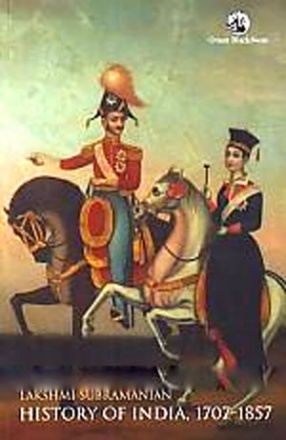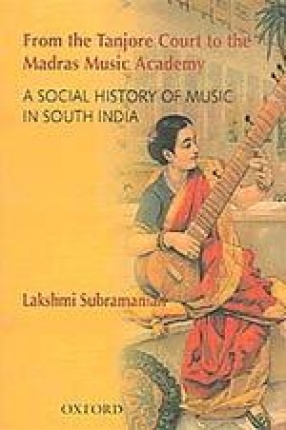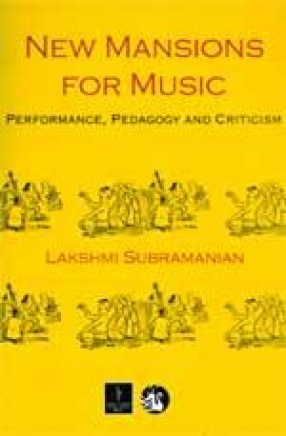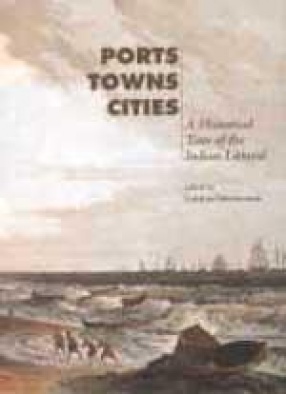
Lakshmi Subramanian

Showing all 7 books


Around the turn of the nineteenth century, the northwestern littoral of India-largely comprising of Gujarat, Kathiawad, Cutch and Sind-was battered by piratical raids. These attacks disrupted coastal trade and embarrassed the English East India Company by defying the very boundaries of law and sovereignty that the Company was trying to impose. Who were these pirates whom the Company described as small-time crooks habituated to a life of raiding and thieving? How ...



In moving from the quiet courtyards of Tanjore to the concert halls of madras, the social context of music and performance underwent a striking transformation. Traditional music was also used in the freedom movement as an emblem of India’s uniqueness and independent identity. Departing from conventional scholarship on the subject, Lakshmi Subramaniam presents a distinctive classical tradition. Subramaniam traces the changes in traditional music in south India ...


The essays in New Mansions for Music Performance, Pedagogy and Criticism look at one of the most ancient and rigorous classical musical traditions of India, the Karnatik music system, and the kind of changes it underwent once it was relocated from the traditional spaces of temples and salons to the public domain. Nineteenth-century Madras led the way in the transformation that Karnatik music underwent at it encountered the forces of modernization and ...

The maritime profile of the Indian subcontinent has emerged in recent years as an important area of historical investigation and has revived interest in port cities, which are transit points for a whole range of new developments, from colonialism to consumption, from cosmopolitan cultural expressions to expanding economic opportunities. Central to the maritime story has been the rise and fall of the Indian city, which was the conduit for change and ...
